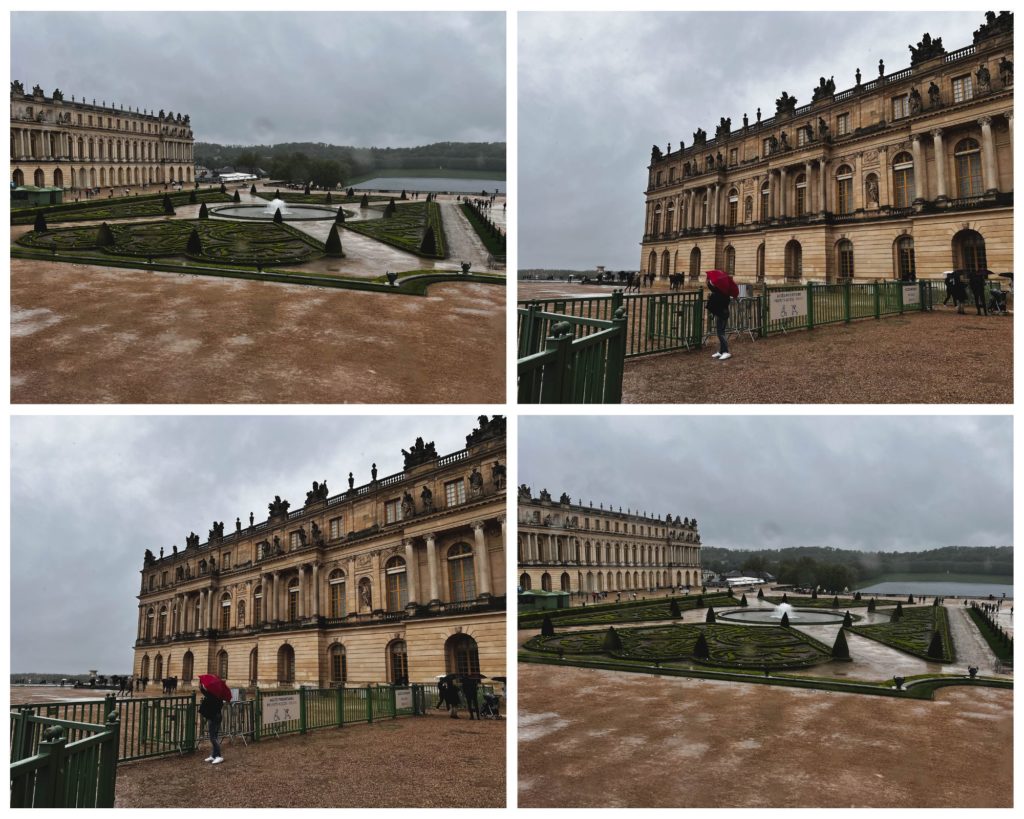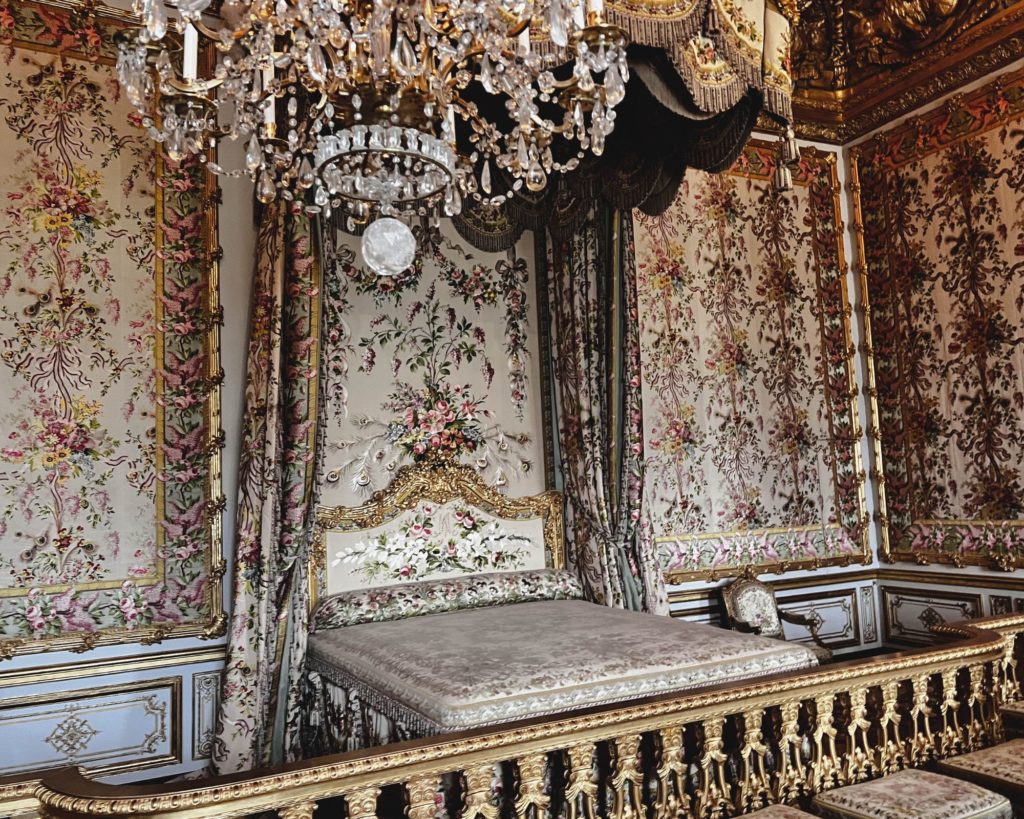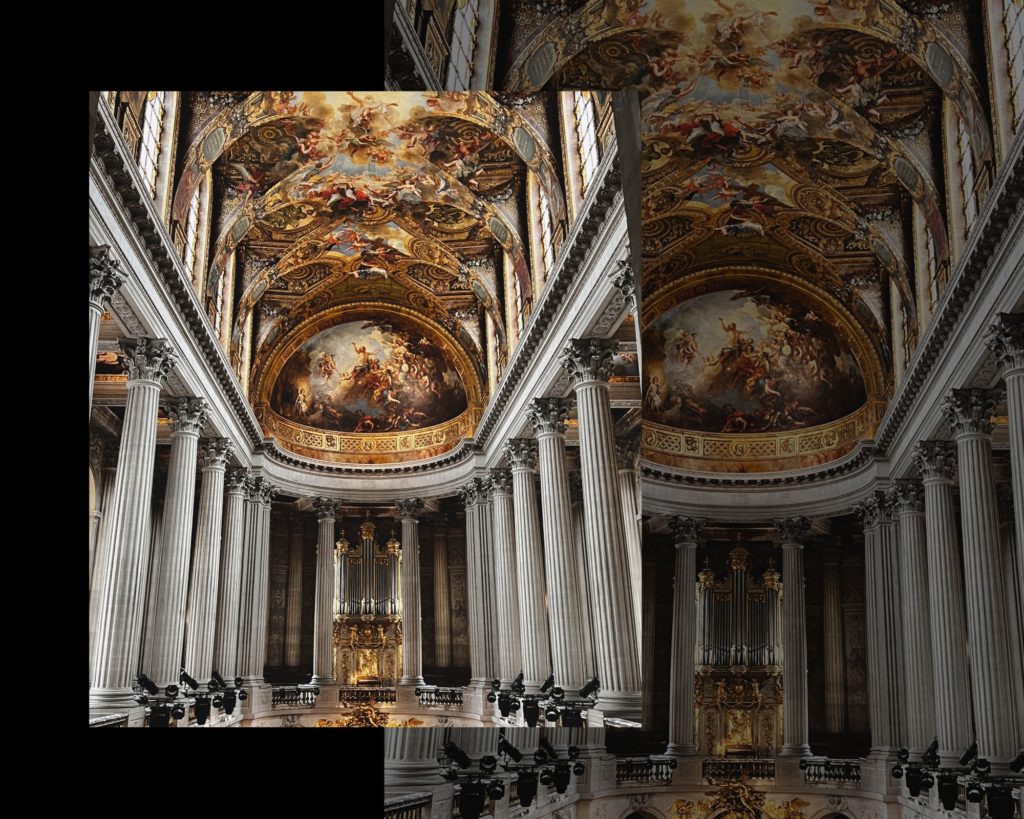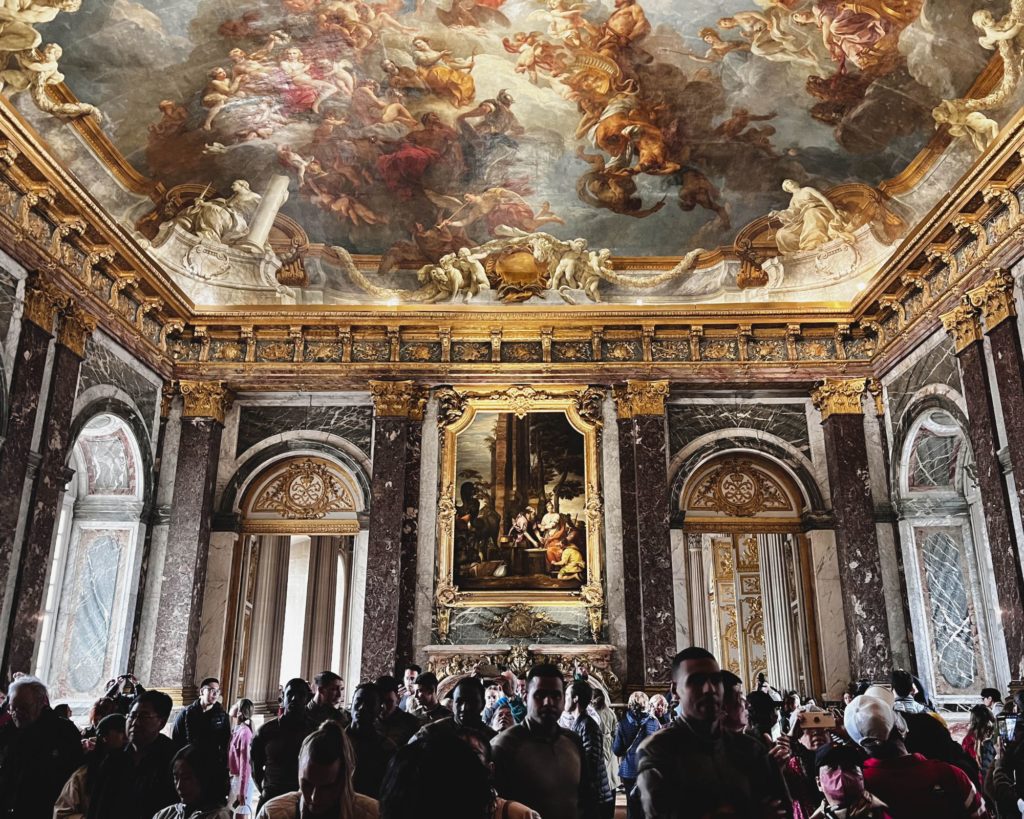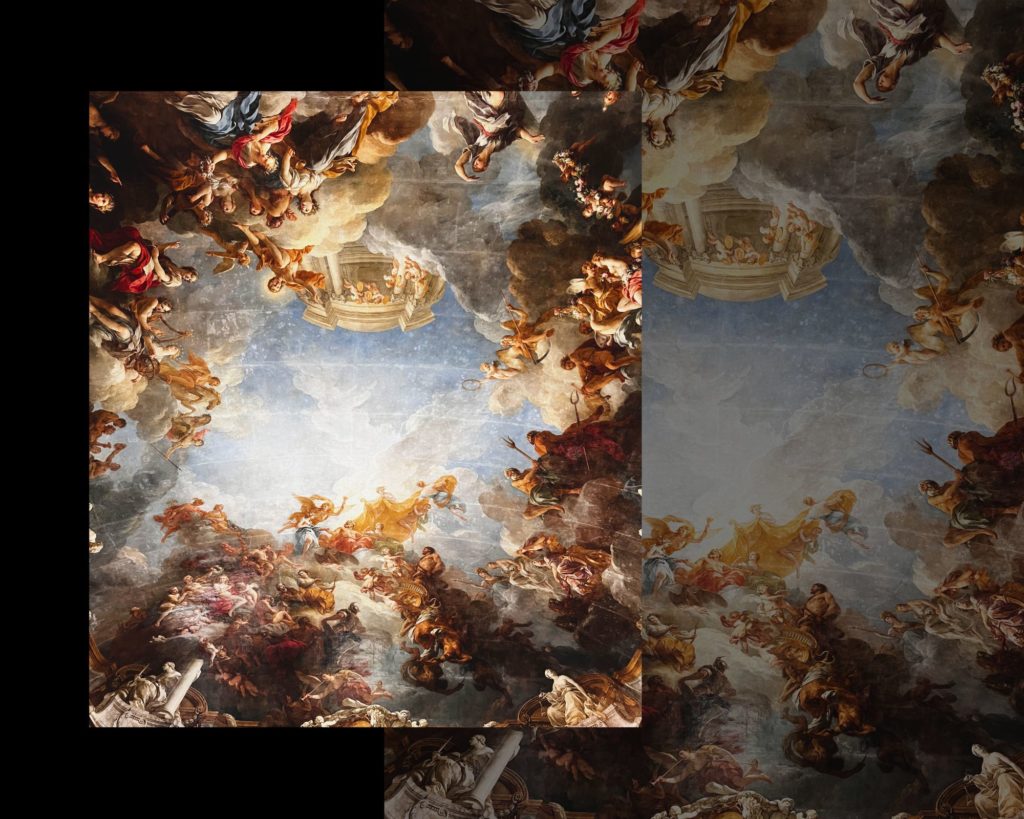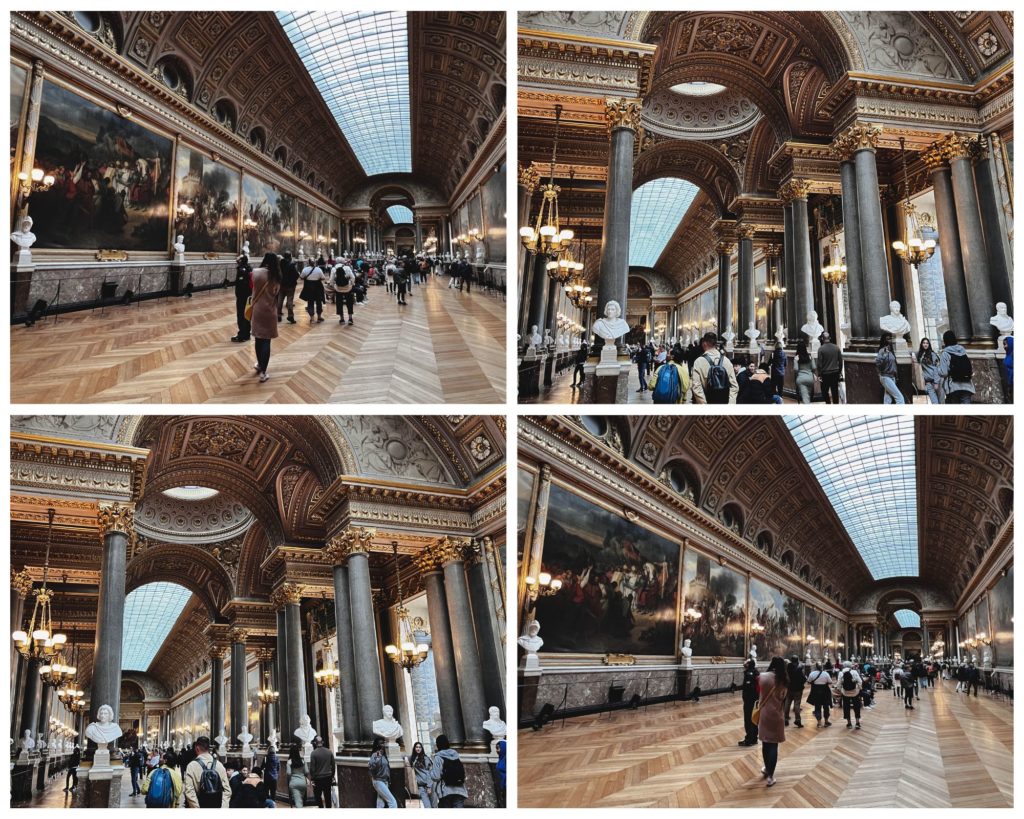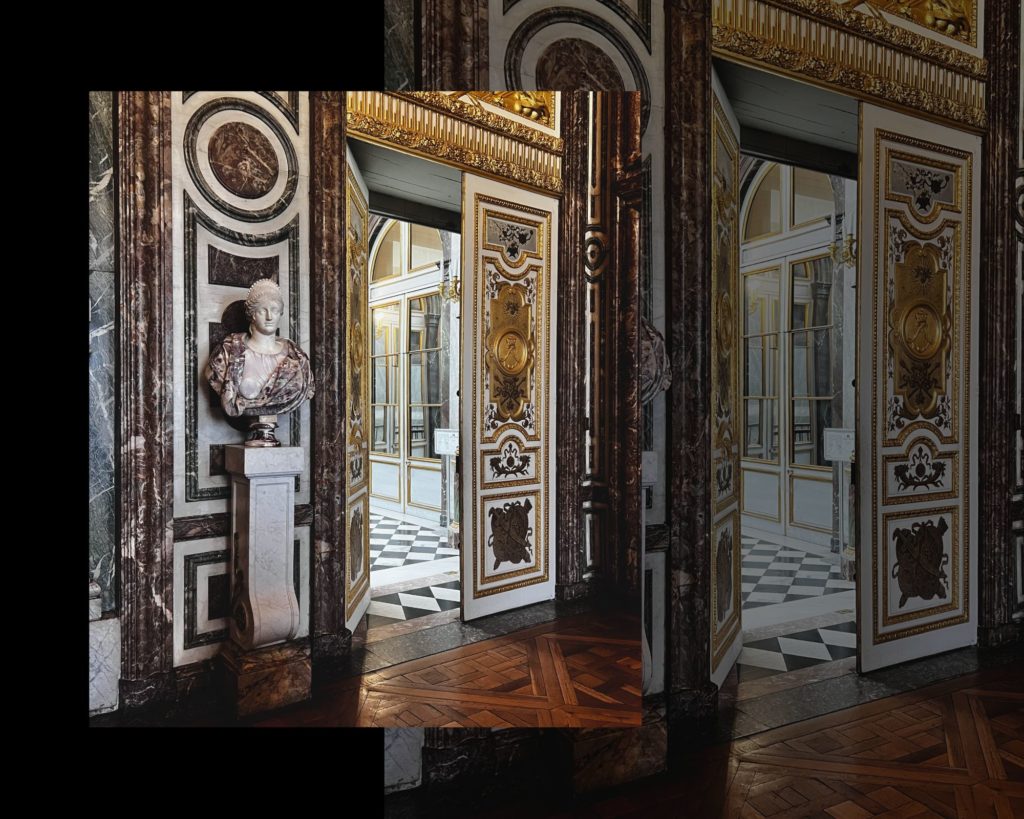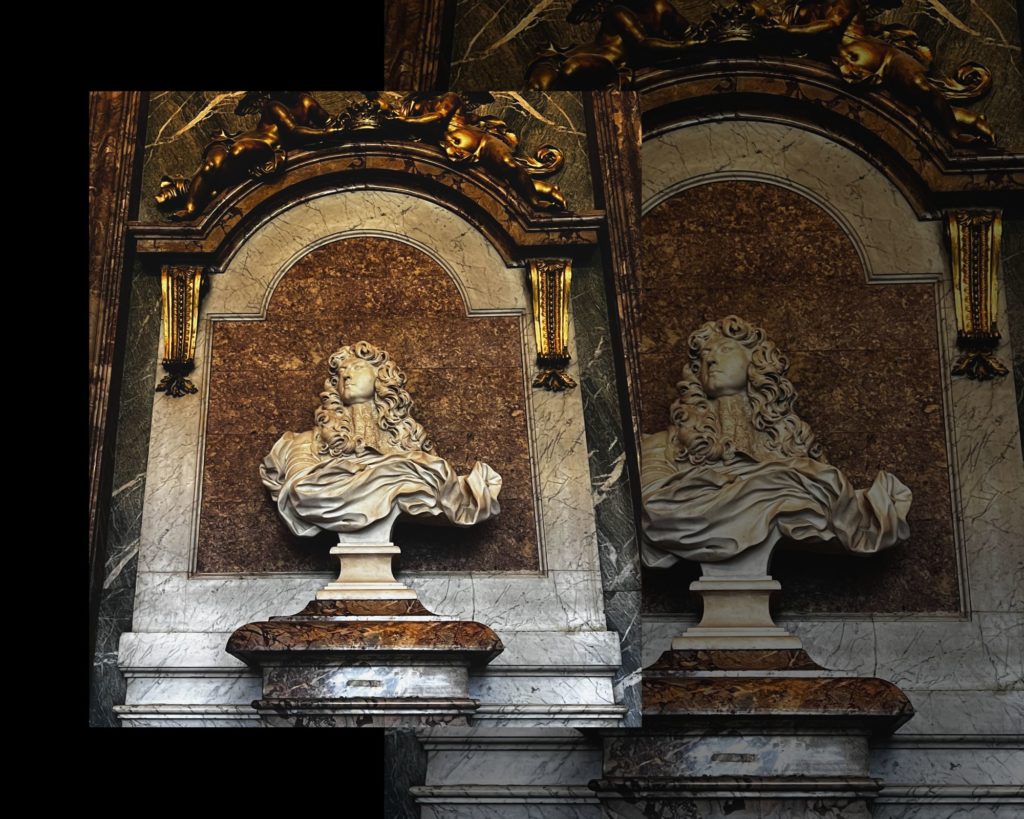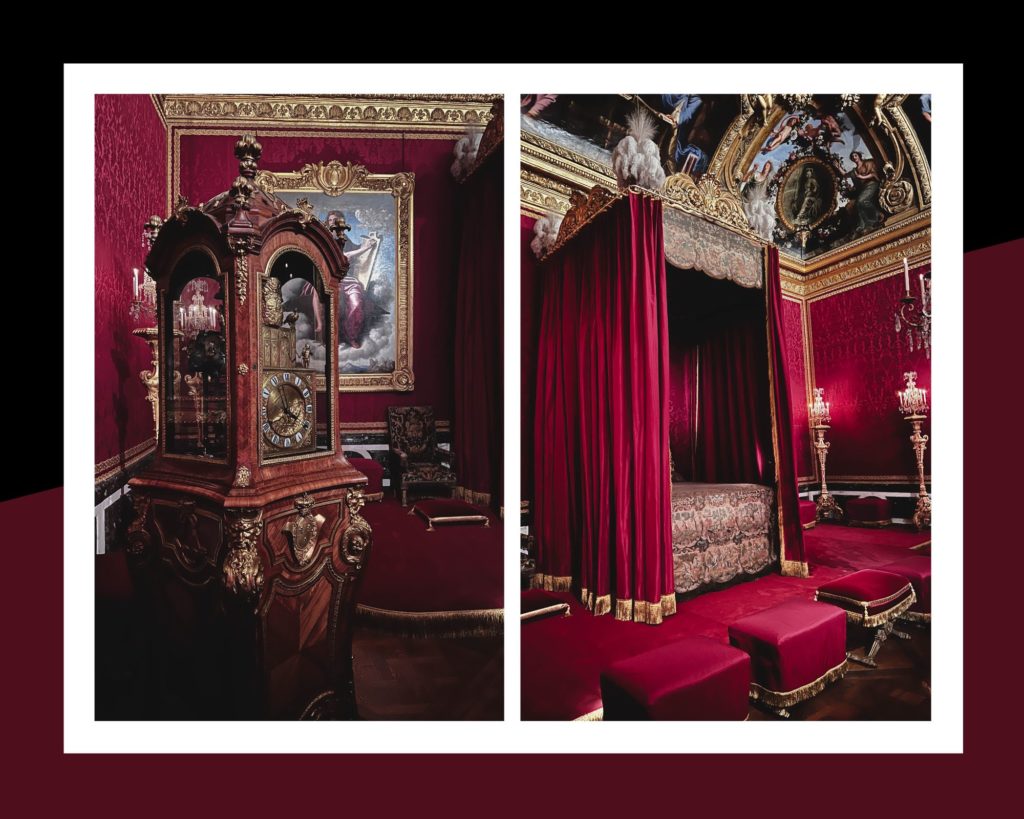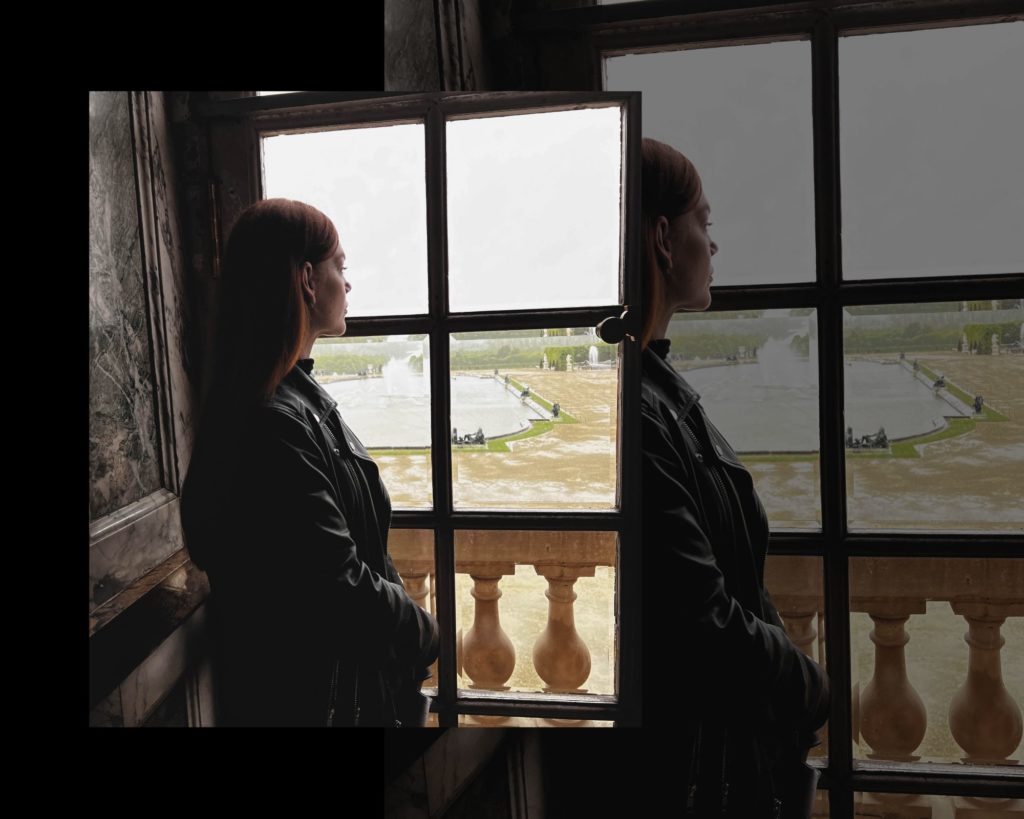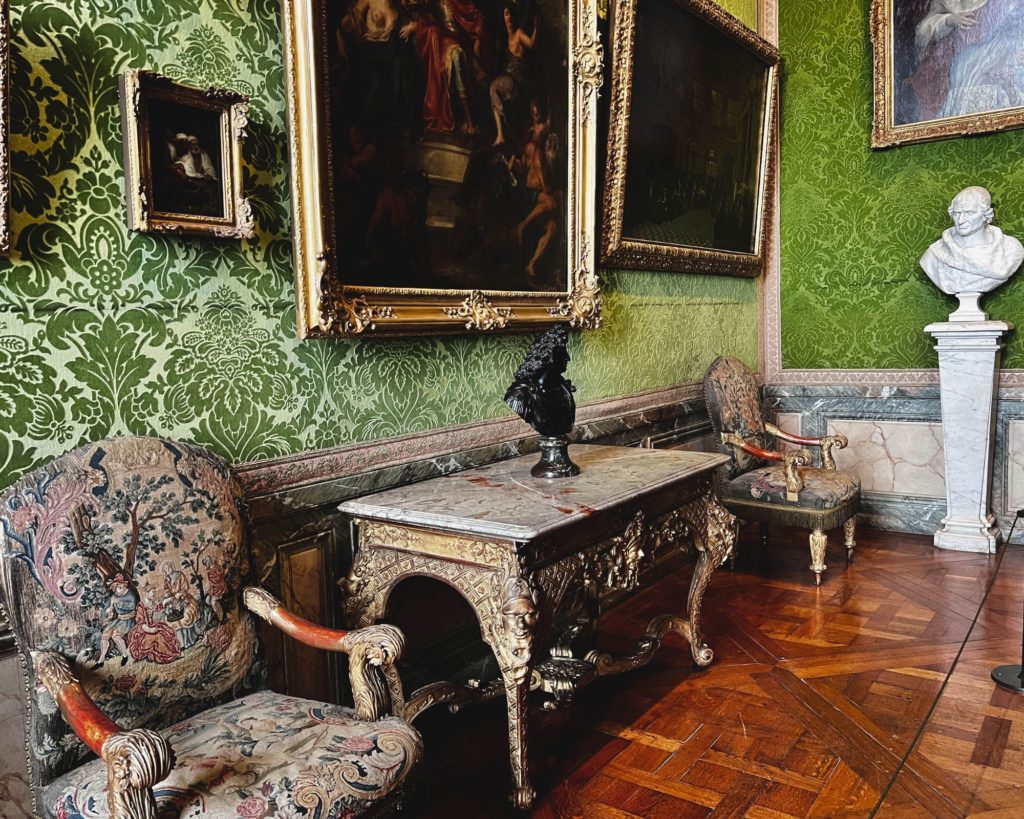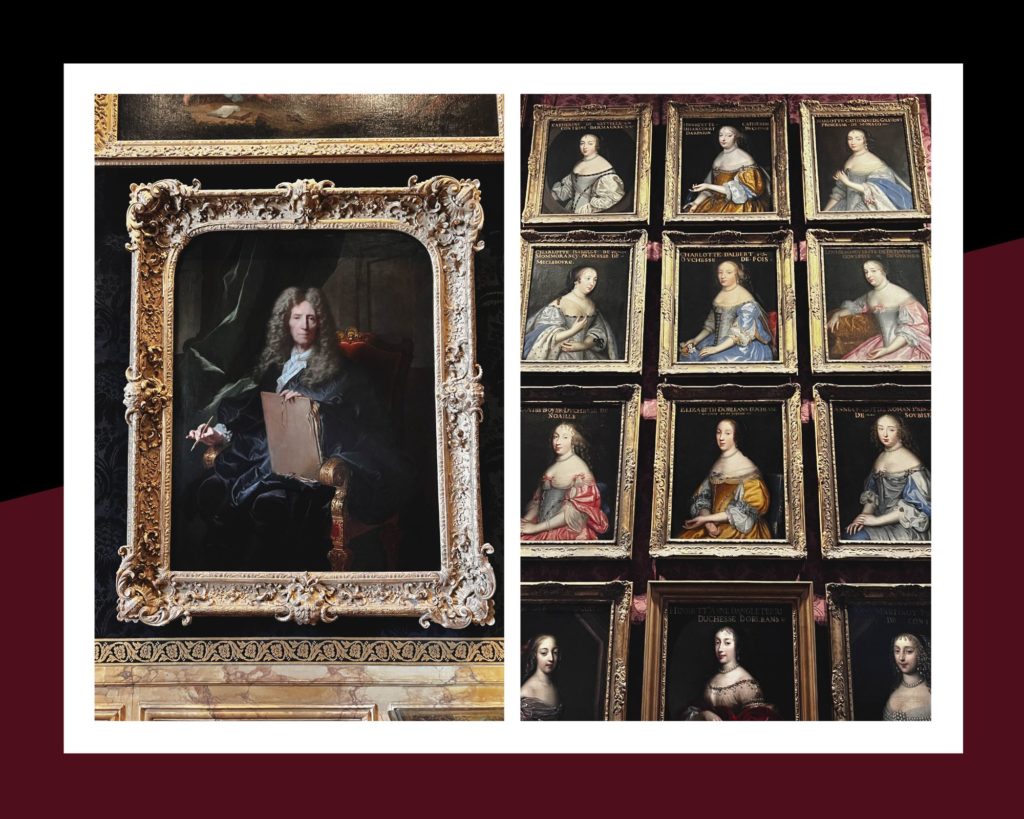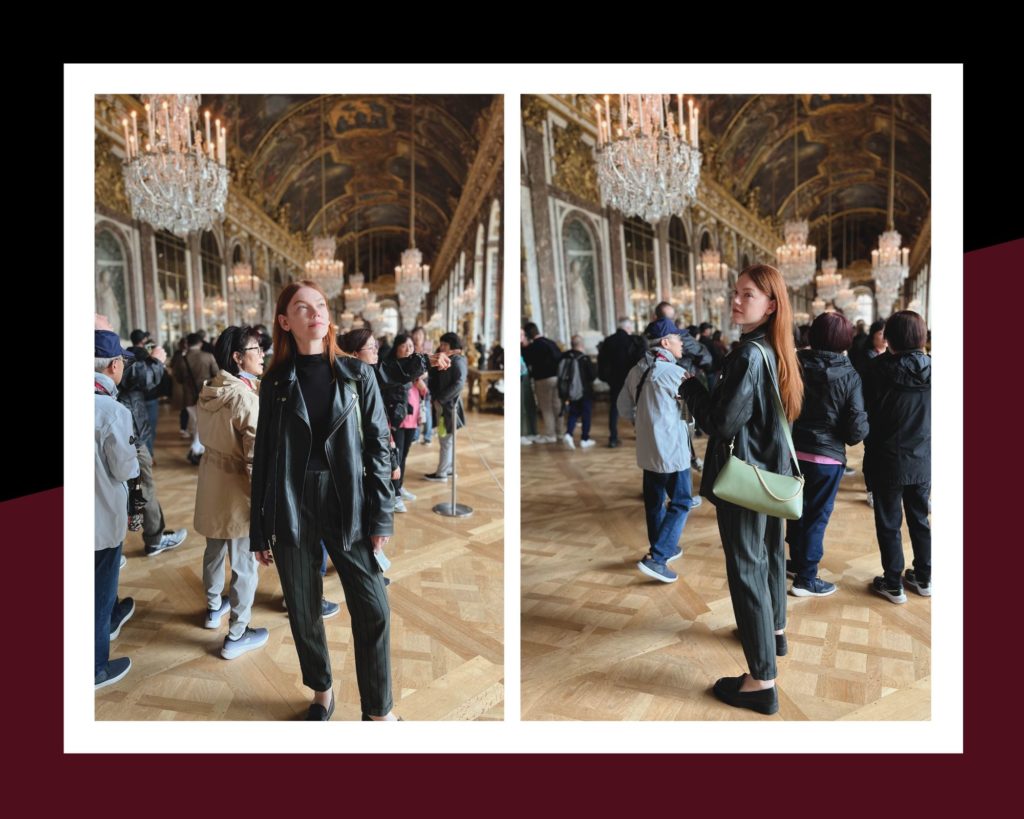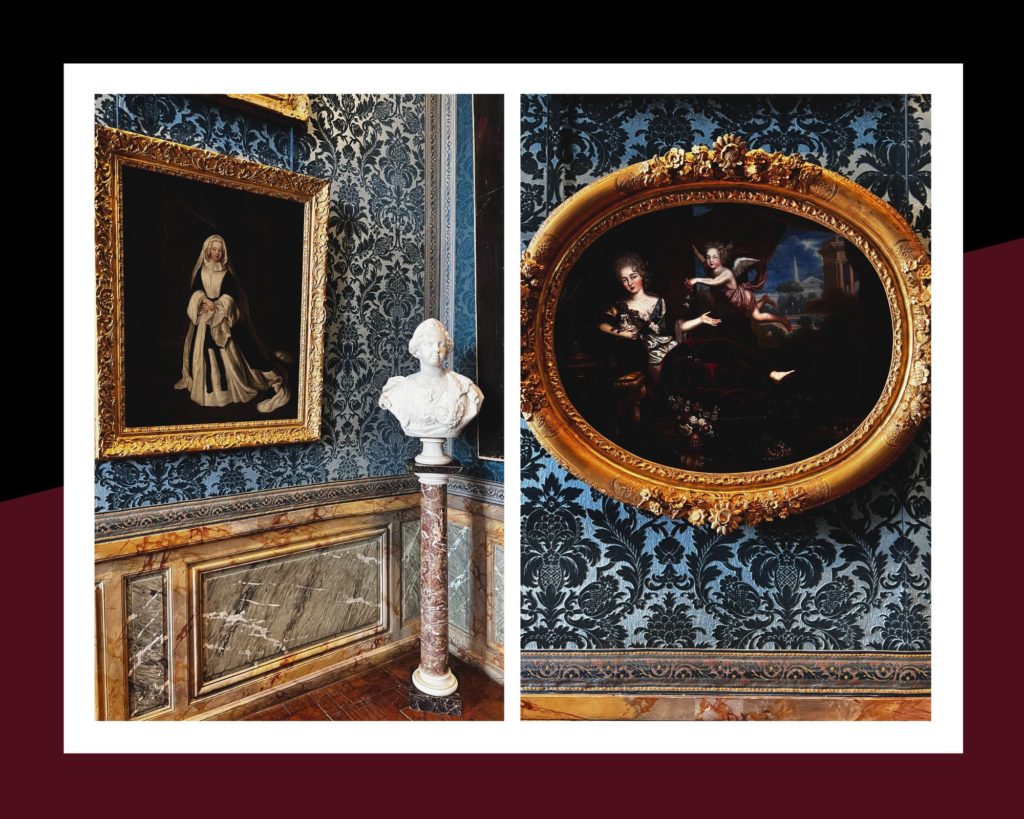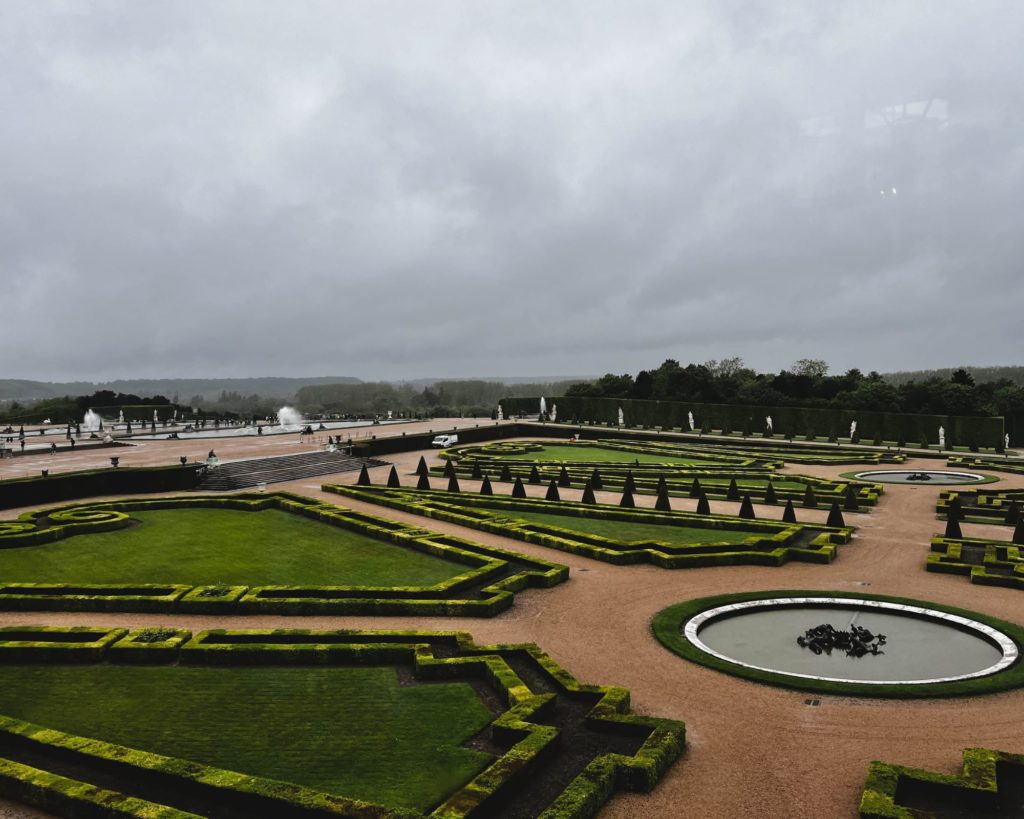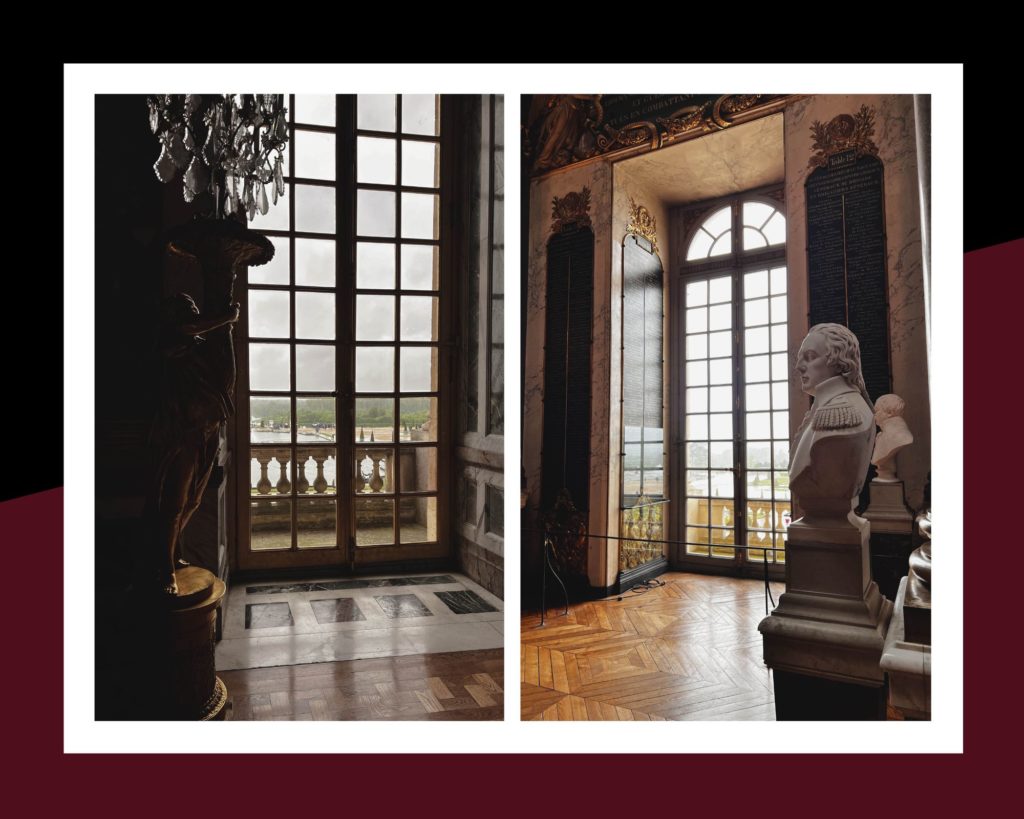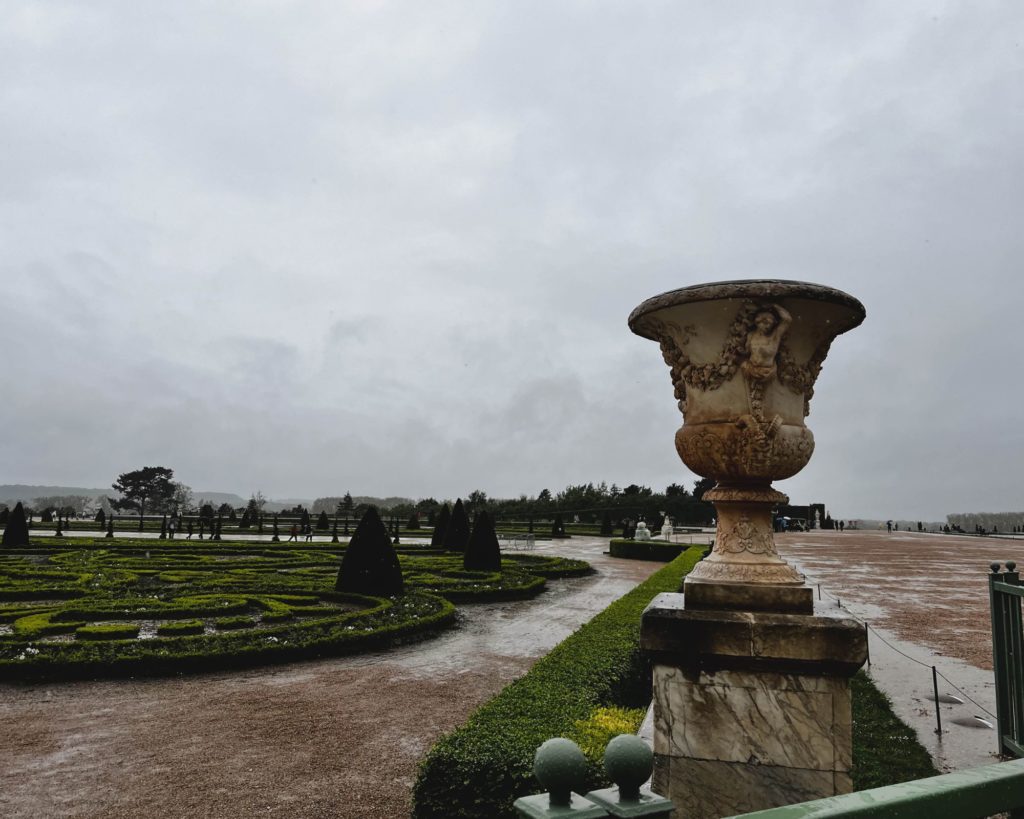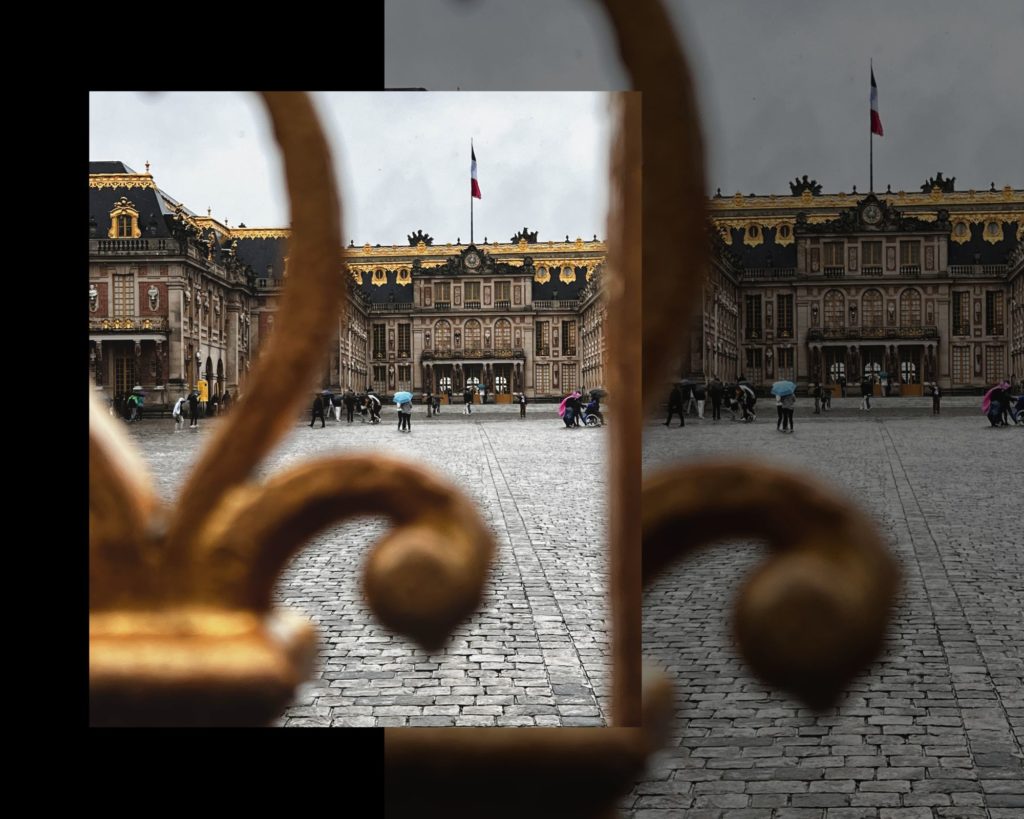Versailles is a city situated in the western suburbs of Paris, France. It is best known for the Palace of Versailles, which was the principal residence of the French kings from the time of Louis XIV to Louis XVI. The palace and its gardens are UNESCO World Heritage sites and attract millions of visitors each year. However, Versailles is not just a palace; it is a city with a rich cultural and historical heritage that has left an indelible mark on the world.
The history of Versailles dates back to the Middle Ages when it was nothing more than a small village. However, it was Louis XIV who transformed Versailles into a grand city and the center of political power in France. The Sun King, as he was known, commissioned the construction of the palace in 1661 and moved the royal court there in 1682.
For over a century, Versailles was the political and cultural hub of France. It was the site of numerous royal ceremonies, parties, and diplomatic events. However, the French Revolution marked the end of the monarchy, and the palace was turned into a museum in the 19th century.
The Palace of Versailles is not only a symbol of France’s political power, but it is also an artistic masterpiece. The palace is home to some of the finest works of art that reflect the artistic, cultural, and social movements of their time. From paintings and sculptures to architecture and furniture, the palace is a treasure trove of artistic excellence.
One of the most notable features of Versailles is its collection of paintings. There are over 6,000 paintings in the palace, including works by famous artists such as Leonardo da Vinci, Raphael, and Rembrandt. The most significant collection is located in the Galerie des Glaces (Hall of Mirrors), which is one of the most recognizable rooms in the palace. The 17th-century paintings adorning the walls of the room depict the military and diplomatic victories of Louis XIV.
If you are planning a visit to France, Versailles should definitely be on your list!
